Sencha tea benefits are famous worldwide! Unlike matcha or powdered Japanese green tea, sencha is a Japanese green tea made by infusing whole tea leaves in hot water after they are processed. This article will look into sencha tea’s benefits and side effects.
Sencha is the most popular kind of ryoku-cha (Japanese green tea). Although matcha, the powdered Japanese green tea, is both a traditional Japanese drink and the inspiration for many green tea snacks, there are many types of sencha you may be drinking without even knowing. Unlike matcha, this green tea is made by infusing green tea leaves in hot water after they are processed. Some of the significant types of sencha include:
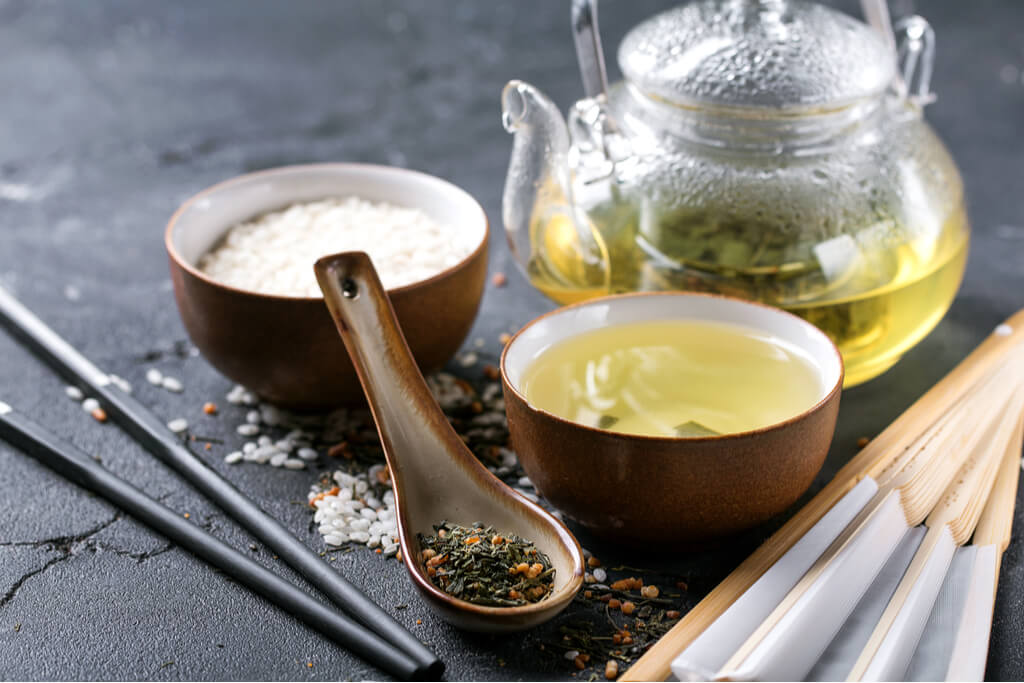
Wakamushi (lightly steamed) & Fukamushi (deep-steamed) sencha: The length of time that you steam the green tea leaves determines if the tea is wakamushi sencha (brewed for a short time) or fukamushi sencha (brewed for a long time). When the sencha is brewed this way, it changes to a thin, yellowish color. Brewing this variety in lukewarm water is best because boiling water will make the tea taste bitter.
Want to enjoy Japanese tea time at home? Sakuraco brings everything you need, including traditional Japanese snacks and sweets, to your door.
Table of Contents
ToggleTypes of Sencha Tea
Gyokuro sencha (shaded green tea) involves keeping the tea plants in the shade for at least three weeks or more before harvesting. Farmers may also cover them with straw mats one week before harvesting, allowing only a few rays of sunshine to pass through.
Kukicha (stem tea) and konacha (ground powder tea): Kukicha is a Japanese blend of stems, stalks, and twigs. Kukicha is uniquely nutty and creamy in flavor with a unique aroma. The latter is a green tea that uses dust, tea buds, and small leaves that remain after processing gyokuro or steamed sencha.
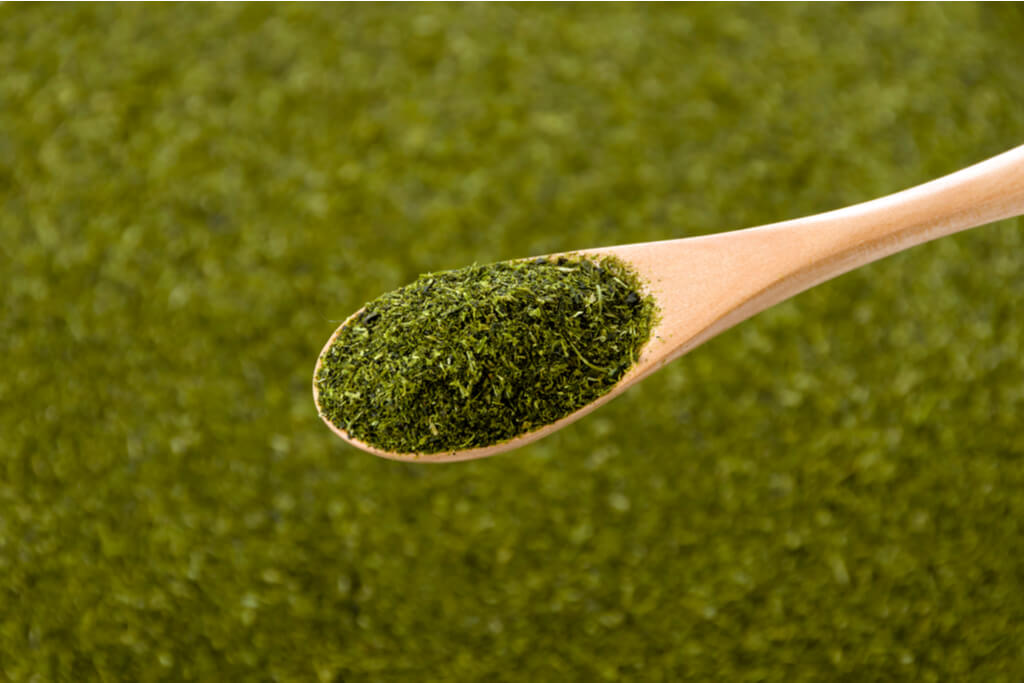
Bancha is a tea that people harvest between summer and fall, and it comes in various forms such as roasted, unroasted, smoked, matured, wet fermented, or dry fermented.
Genmaicha (brown rice tea): Genmaicha uses roasted or popped brown rice. There is also a variety of genmaicha mixed with matcha for an exciting flavor combination. Genmaicha usually has a rich roasted aroma as well.
Hojicha: Hojicha is a Japanese green tea that originated in Kyoto over 100 years ago. Unlike traditional green teas, hojicha is roasted after the leaves have been steamed. Along with removing all the bitterness, the roasting process gives hojicha its signature earthy aroma, reddish-brown color, and unique smoky taste.
Differences Between Japanese and Chinese Tea
Japanese tea is normally different from Chinese tea since the leaves, such as frying, are not processed with much dry heat and are steamed thoroughly. This gives Japanese green tea a fresher flavor and a tinge of its signature grassy taste. Let’s look into the health benefits and some potential side effects of sencha. First, what are the health benefits of sencha tea?
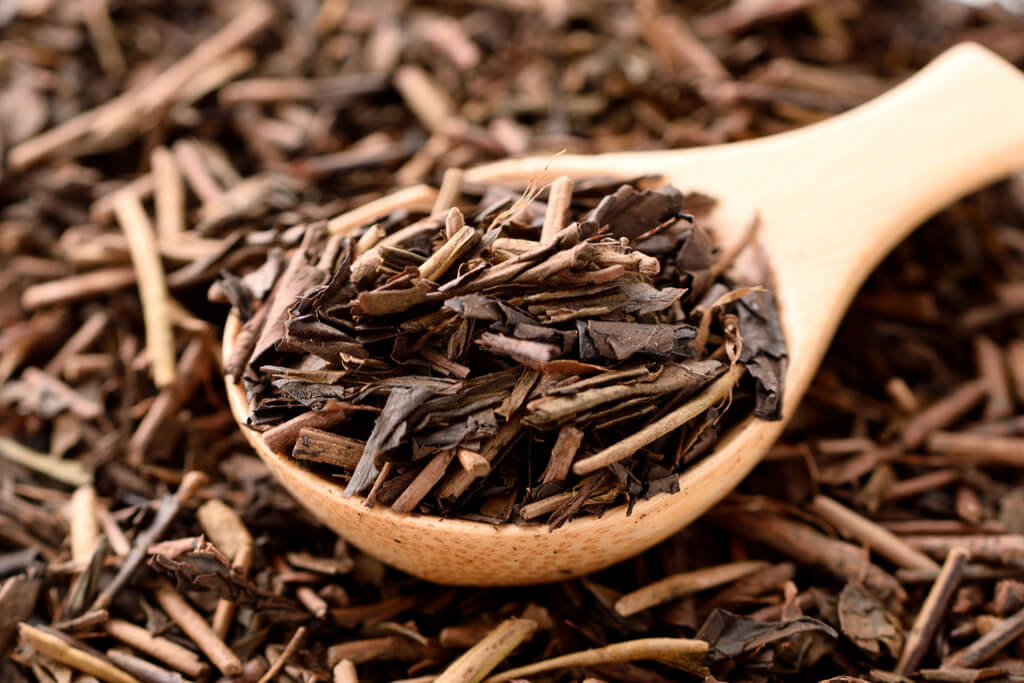
The Health Benefits of Sencha Green Tea
- Sencha has anti-carcinogenic properties due to the abundance of antioxidants in it. Antioxidants help reduce free radicals in the body. A free radical is a harmful molecule that can modify the DNA and is linked to cancer, so sencha might help to reduce the risk of cancer. Free radicals may also cause aging effects so Sencha may have anti-aging properties.
- Sencha helps reduce bad cholesterol in the bloodstream and may contribute to keeping our cardiovascular system healthy.
- Sencha green tea may also aid in boosting the immune system. Green tea can increase T-cells in the body. These T-cells play an essential role in the body’s immune system and can help reduce the chances of autoimmune diseases.
- Sencha and other green teas also increase polyphenol levels in the body. These help in reducing inflammation.
- Sencha has nearly 20-30 mg of caffeine, which can boost your energy! This means that sencha is an excellent alternative to coffee.
- Sencha also helps in reducing anxiety. This is because it contains theanine, an amino acid that helps induce relaxation.
- Sencha reduces oral bacteria as well. This helps in maintaining overall dental health in both teeth and gums.
- Sencha and other green teas contain several chemical compounds. These compounds include green tea catechins (GTCs), caffeine, and theanine, which may affect brain function. These compounds have a neuro-protective effect that assists in preventing the death of nerve cells. This results in possible protection against neuro-degenerative diseases like Alzheimer’s and Parkinson’s.
Potential Sencha Tea Side Effects:
There are several possible side effects of green tea, which have been studied and researched in depth by scientists and doctors. Although these side effects are primarily associated with over-consumption, they are still essential. These include:
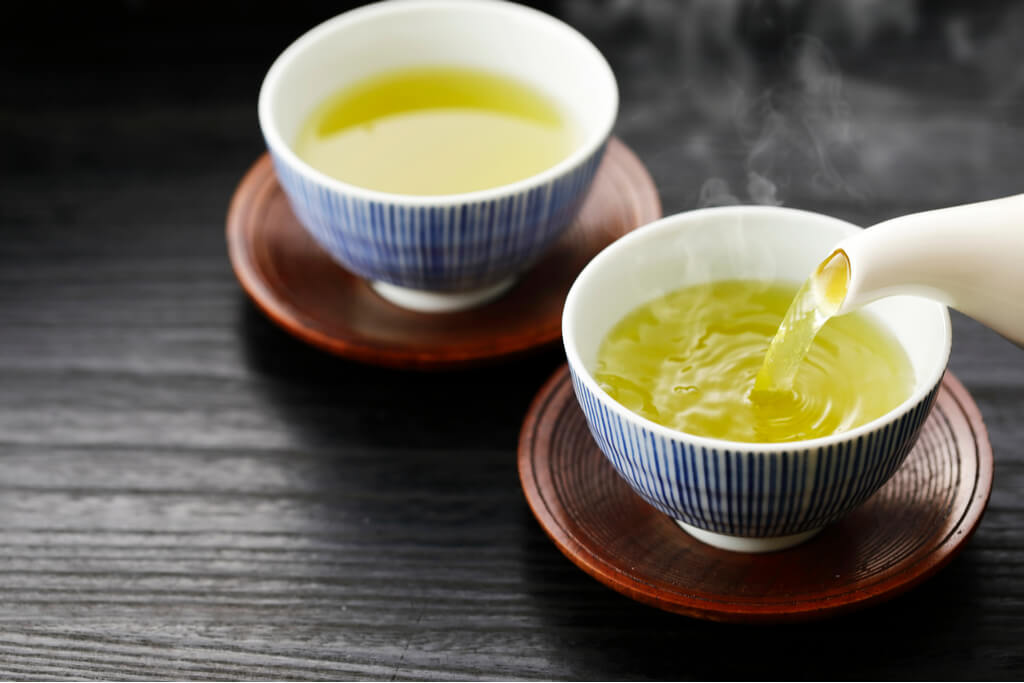
- Stomachache: Green tea is rich in tannins, compounds that can reduce the body’s ability to absorb essential vitamins and minerals like iron when consumed in excess. It can also increase the acidity within the stomach. If green tea is heavily brewed or consumed on an empty stomach, the increase in acid can lead to digestive issues like stomach aches and heartburn.
Therefore, it is best not to drink sencha on an empty stomach and to keep the temperature of the water in a particular range to avoid brewing it too strongly. The water should ideally be between 70℃ to 80℃.
- Loss of sleep: Sencha has the compound l-theanine, which can induce calmness, lower one’s heart rate, and is overall beneficial for sleep. However, people sensitive to caffeine may not experience the positive aspects of this compound. Therefore, some people should avoid green tea before bed (just like you would avoid a cup of coffee).
How to Brew Sencha
Brewing sencha is a delicate process that requires attention to detail. Firstly, heat the water to a temperature between 75-80°C. Next, add the sencha leaves to a teapot, ensuring that the tea leaves are not too tightly packed. Then, pour the heated water over the leaves and steep for about 1-2 minutes. You can watch the tea leaves unfurl during this time and release their unique flavors and aromas.
Once brewed, pour the tea into cups and savor the refreshing taste of sencha. Remember, over-steeping can result in a bitter taste, so it’s best to be mindful of the steeping time. Finally, you can experiment with the water temperature and steeping time to find the perfect flavor and strength to suit your taste buds. Have you ever drunk this tea before? Which strain is your favorite? Have you experienced the positive sencha tea benefits? Please let us know in the comments below.

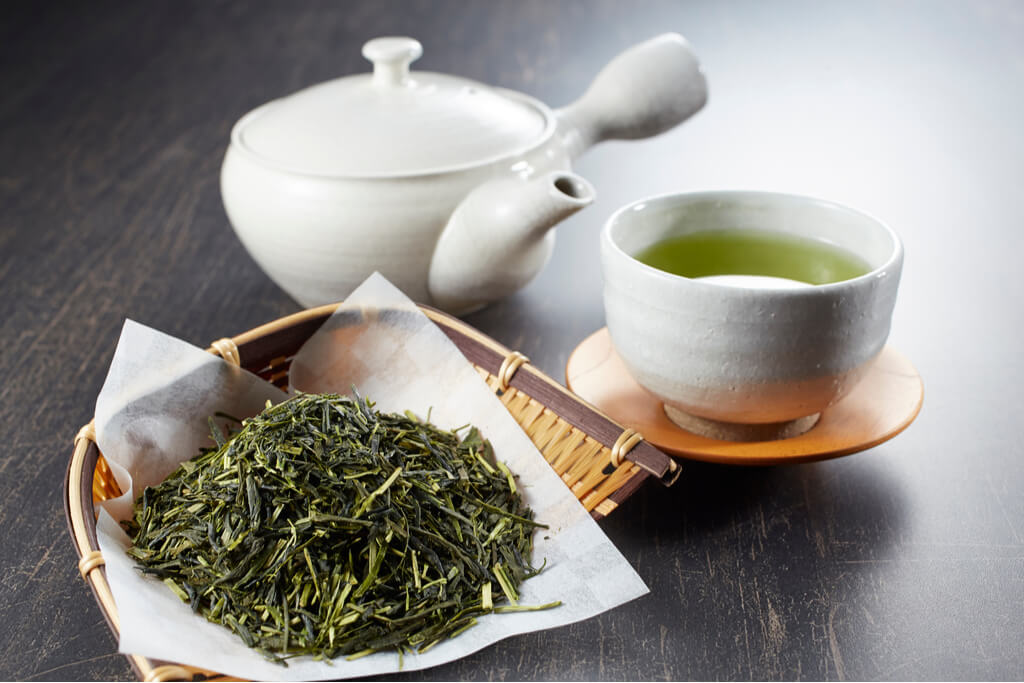


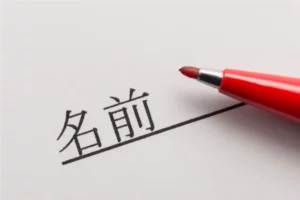
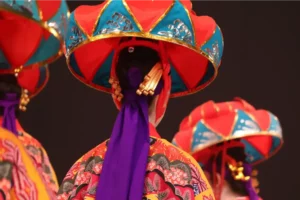

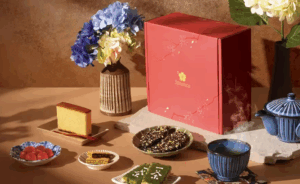



One Response
It’s a shame you don’t have a donate button! I’d without a doubt donate to this outstanding blog! I guess for now i’ll settle for bookmarking and adding your RSS feed to my Google account. I look forward to fresh updates and will talk about this blog with my Facebook group. Chat soon!